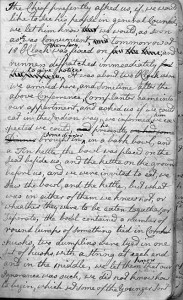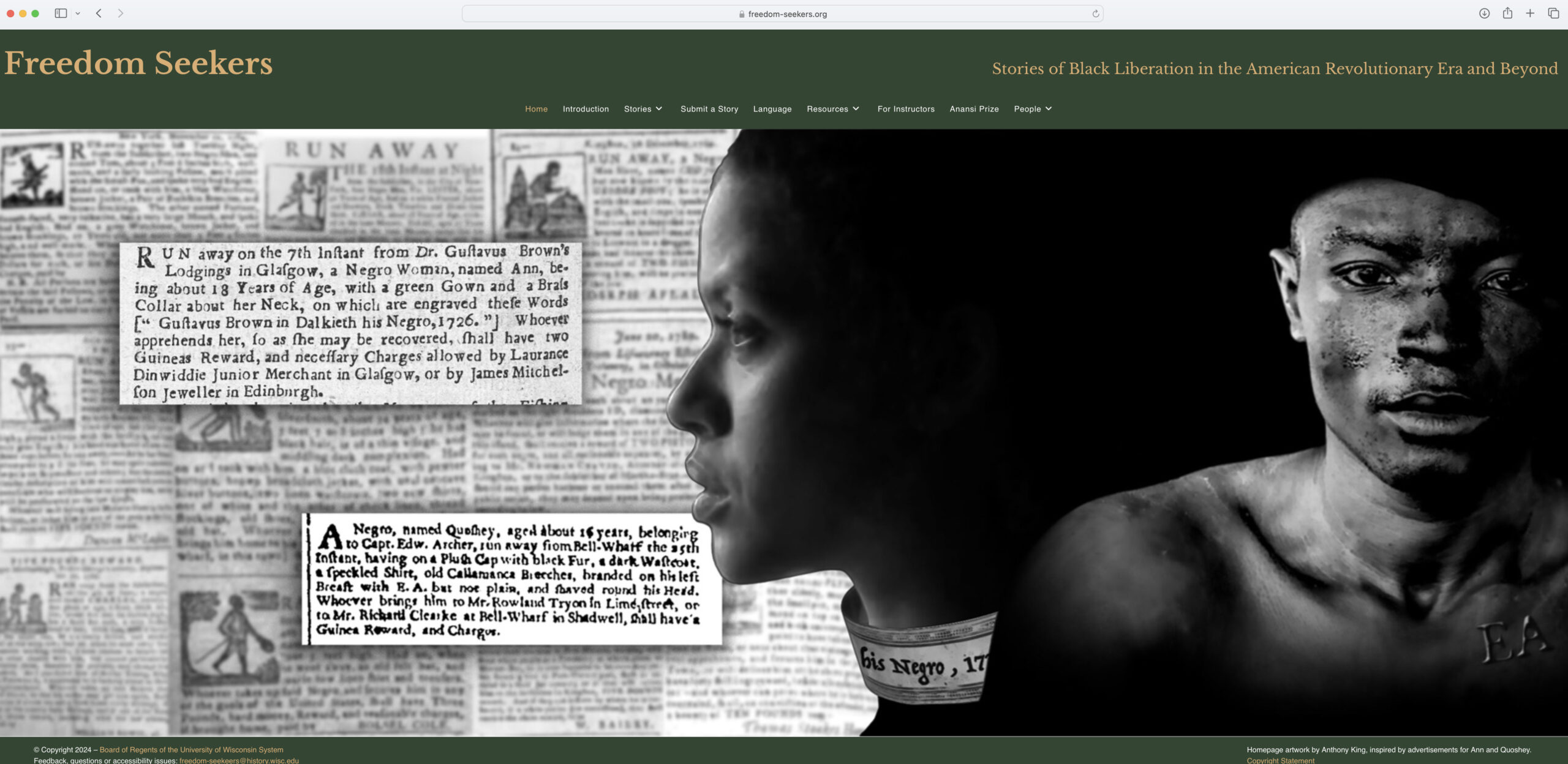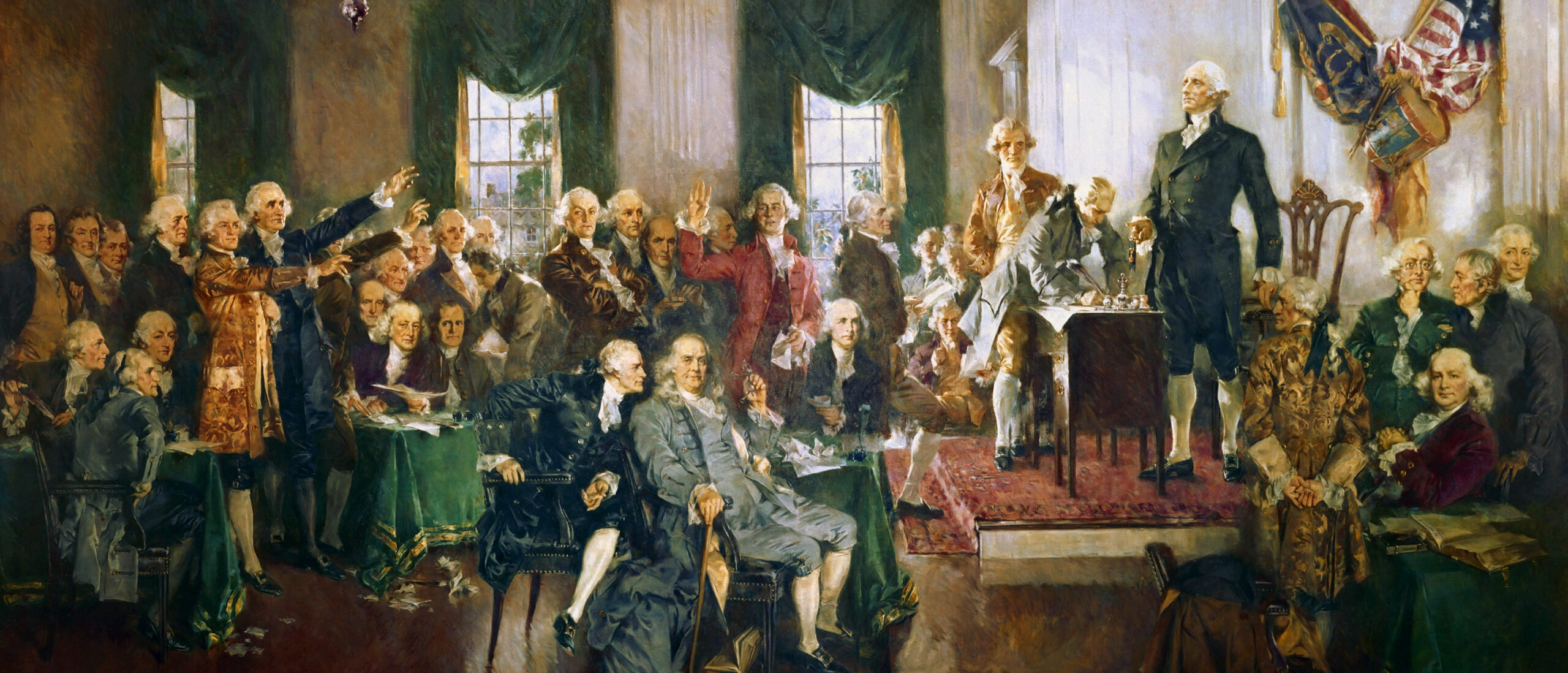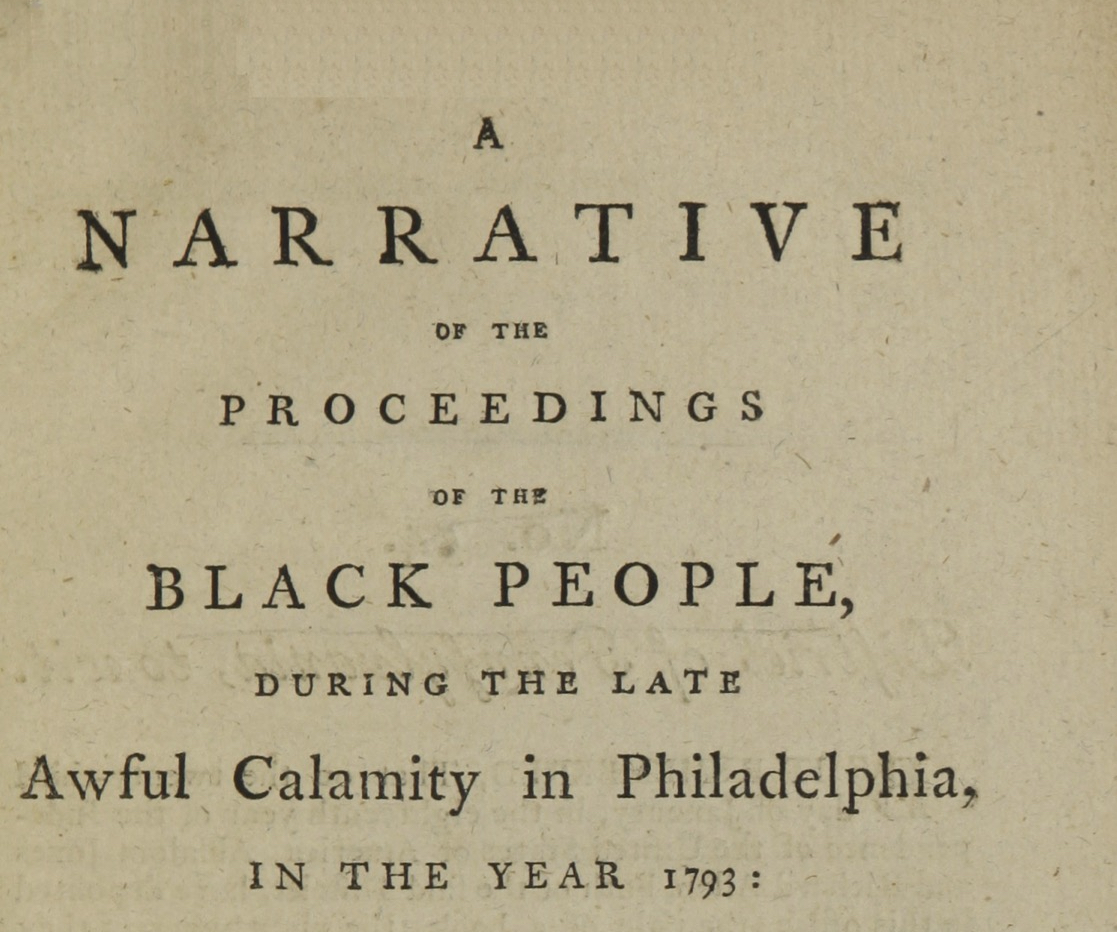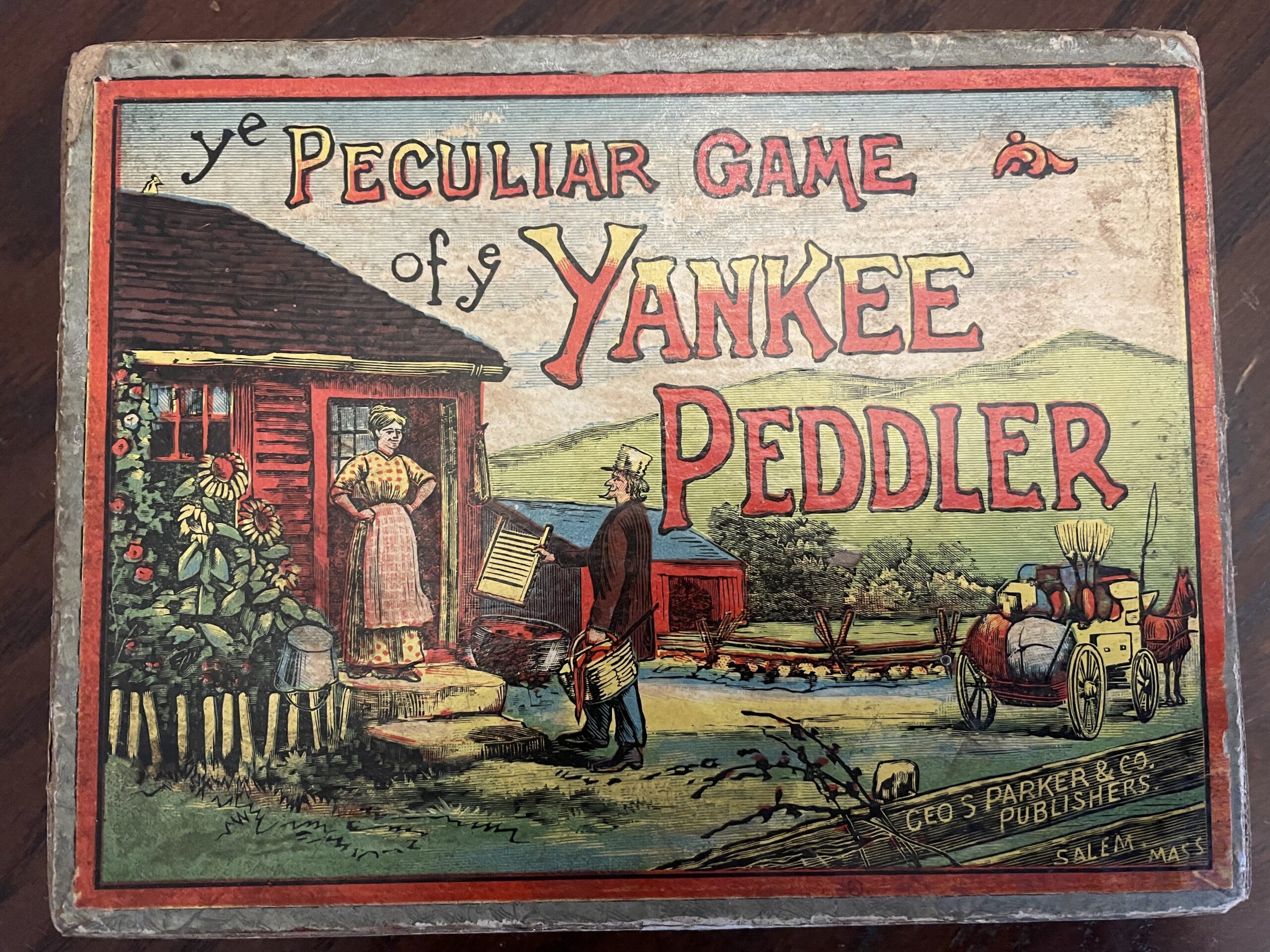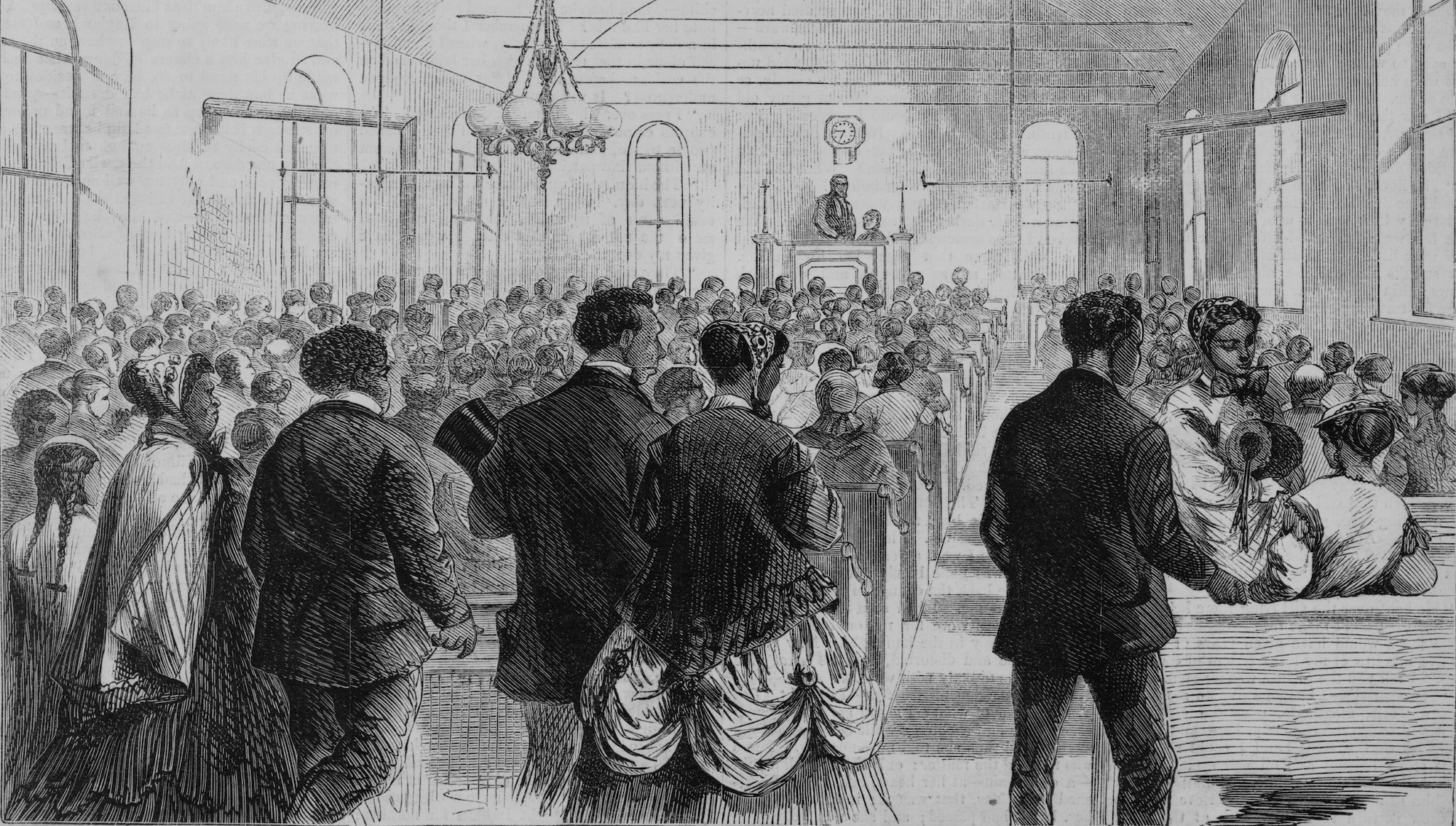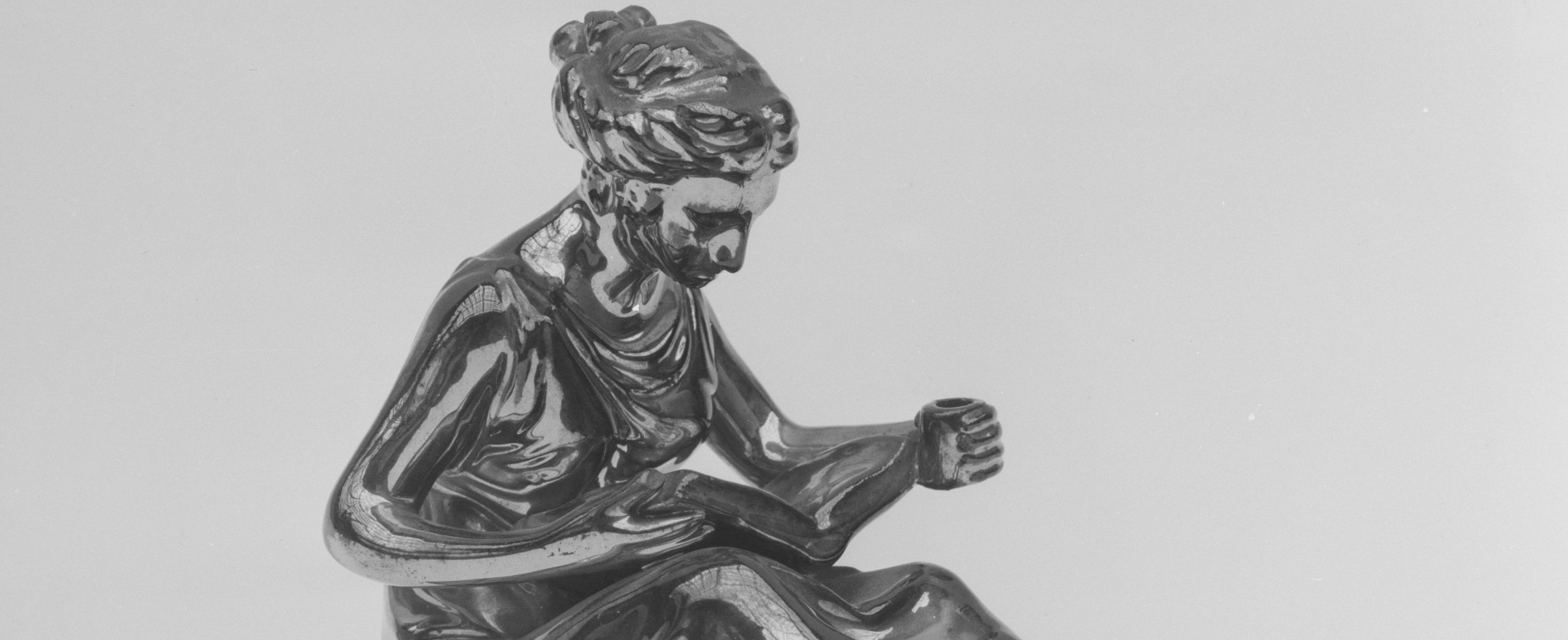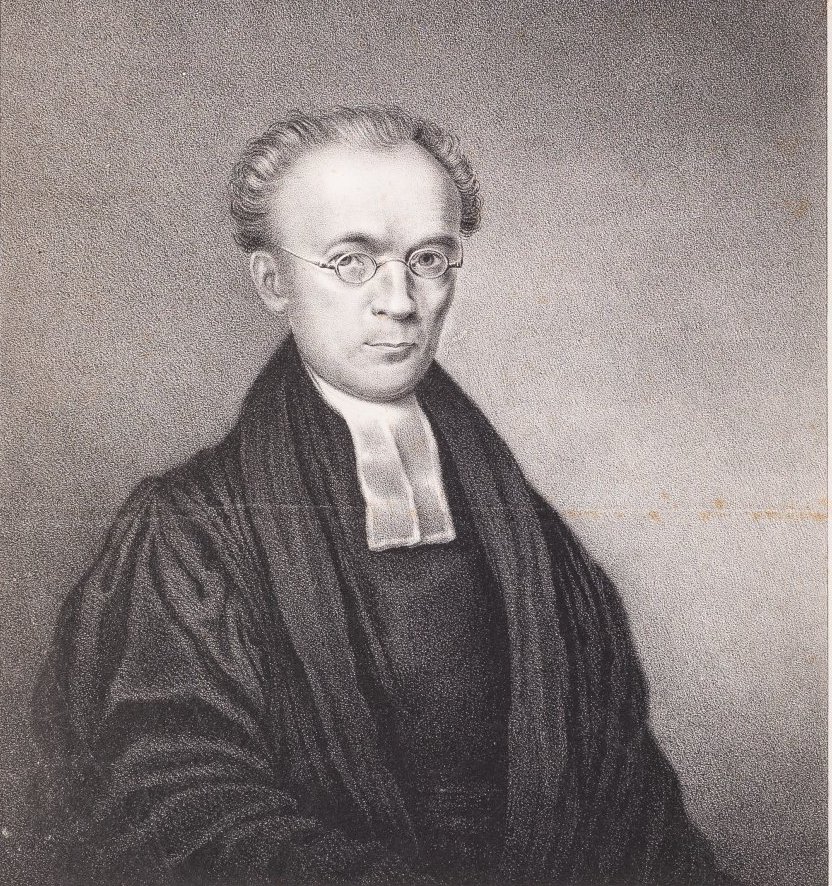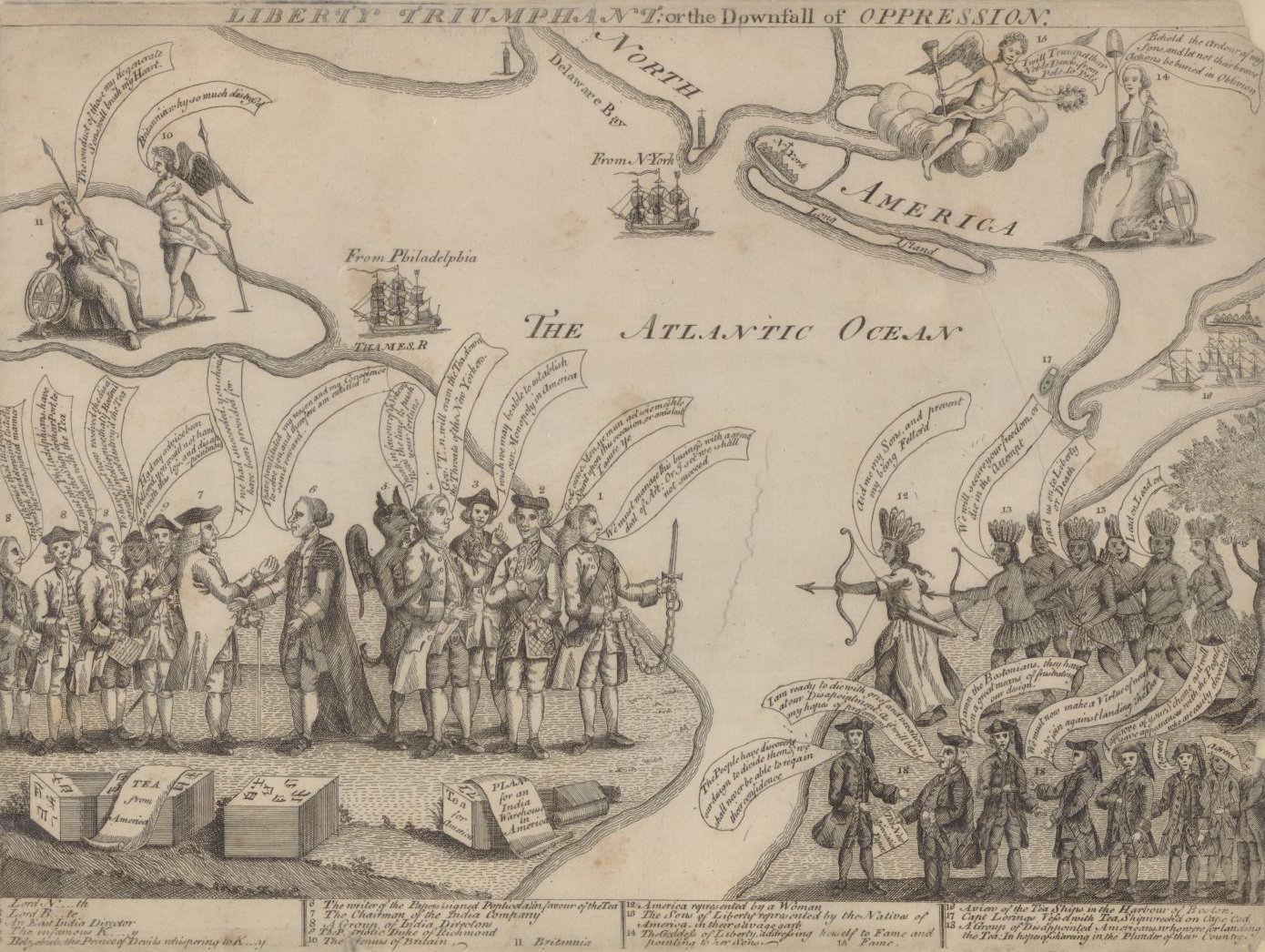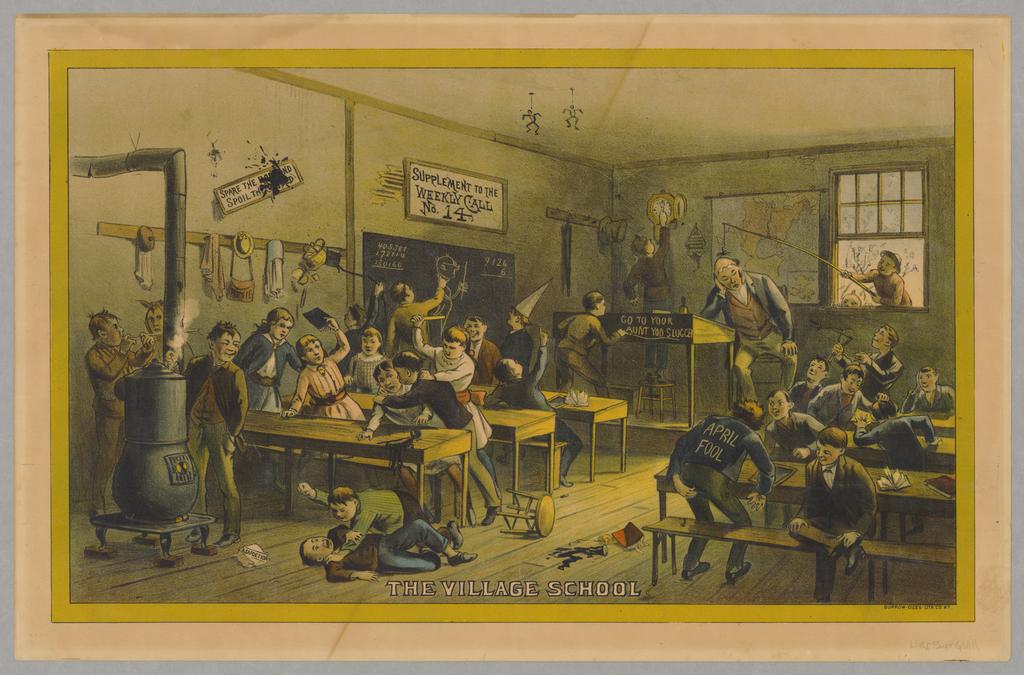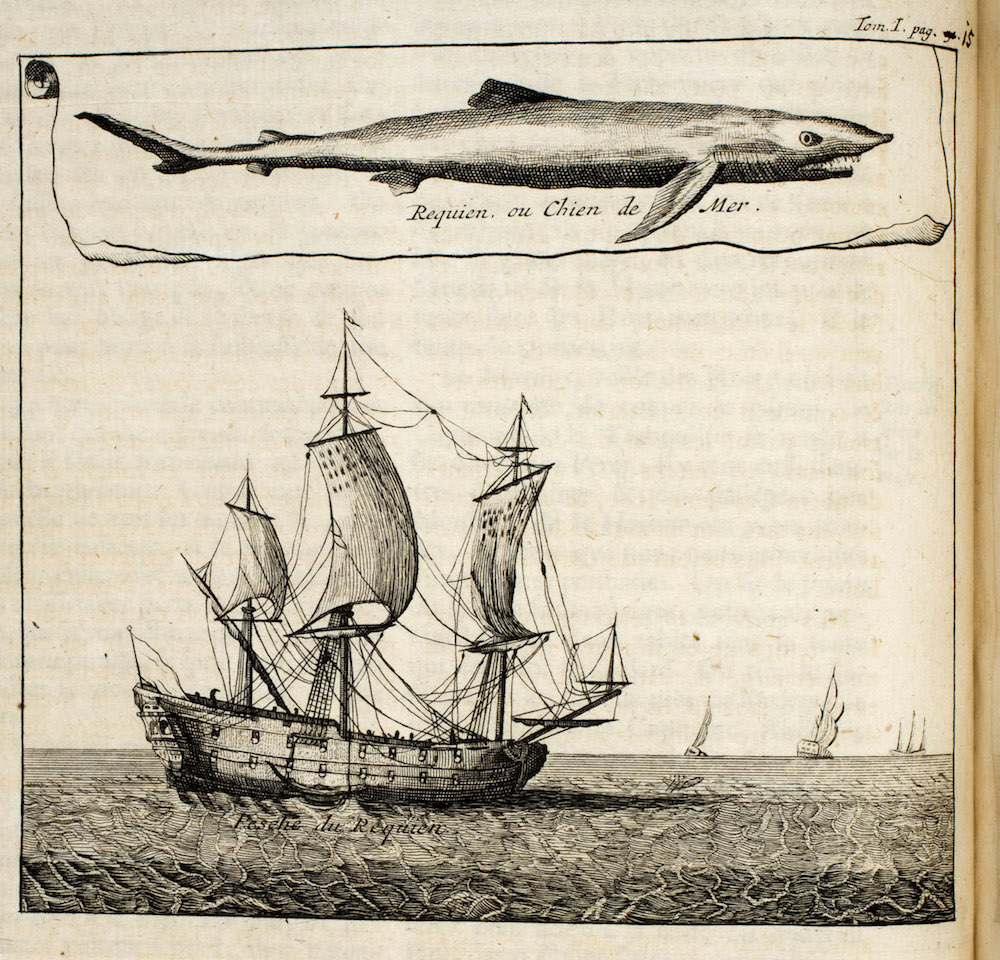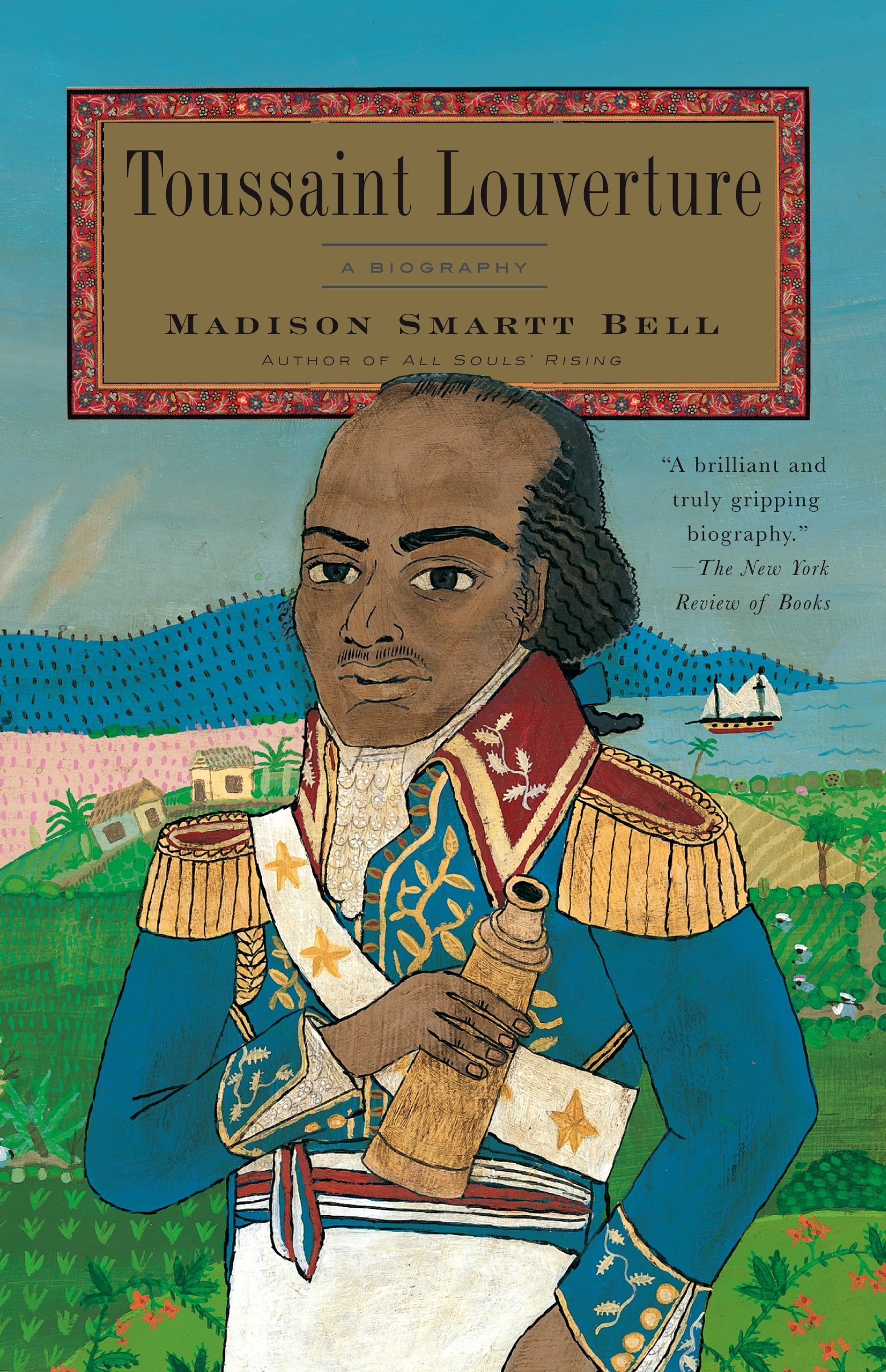Last spring, our early American travel writing class at Swarthmore College visited the American Philosophical Society Library (APS) in Philadelphia. Knowing the APS Library is home to the Lewis and Clark journals, we hoped to catch a glimpse of the celebrated travel accounts we had studied in class. Charles Greifenstein, associate librarian and curator of APS manuscripts, graciously received us and treated us to a “treasures tour.” We brimmed with awe as the white-gloved curator carried one of William Clark’s red morocco journals around the table and shared his expertise on its textual history. This, we thought, was the highlight of the trip!
Then came an unexpected delight. Greifenstein pulled out an obscure eighteenth-century manuscript and distributed photocopies to each of us. Joking that he had not yet mastered all 12,000 linear feet of APS manuscripts, he proceeded to read the three-page handwritten account as we followed along on our own individual copies. In the several places where the curator paused over a word or phrase, students quickly chimed in to decode indistinct signifiers and script abbreviations. Greifenstein was impressed with the students’ uncommon adeptness in reading and navigating a hastily written eighteenth-century manuscript.
As the anecdote suggests, the students were already experienced in reading early American scribal texts before going to the APS, and the greater purpose of this column is to share an undergraduate transcription project that fostered a deeper understanding of early American manuscripts as archival and cultural texts. Fortunately, our travel writing class didn’t have to travel far to locate manuscripts suited to our study, as Swarthmore has its own archival treasure on campus, the Friends Historical Library (FHL). Established in 1871, FHL is a hub of Quaker research, housing extensive collections documenting the history of the Society of Friends in Pennsylvania and contiguous areas since the seventeenth century. Quaker missions and the Friends’ strong tradition in journal writing made for a perfect combination of archival work and study in early American travel.
The transcription project aimed to provide FHL with clear and accurate digital transcripts of previously unpublished archival materials while giving students of early American literature firsthand experience in textual studies and manuscript culture. To prepare for the project, FHL curator Christopher Densmore and visiting assistant professor Keat Murray sifted through the library’s manuscript collections and selected five journals, which were dated from 1783 to 1844 and documented Quaker travels and missions from Canada to the southern states. The archives staff then worked rapidly to scan and upload digital images of 386 manuscript pages for remote student access through a surrogate digital platform. To train student transcribers, Murray drew from his own research and a similar project that he and Densmore had created the previous academic year. He also conducted brief training sessions using digital images of a 1796 Quaker manuscript and an exemplary transcript to introduce the transcription process and the peculiarities of early American English script. Students then visited FHL to see the journals and speak with Densmore about the FHL’s store of manuscripts, Quaker journaling practices, and Friends missions among Native peoples. Simultaneously, Murray divided the manuscript pages into sections, assigned them to students based on their preferences, and then set them loose to begin transcribing through digital means. Over the next several weeks, students reported on their progress in class, sharing their observations, insights, and frustrations. By week ten of the semester, they had finished their individual sections and edited them, at which time they sent them to the professor to be compiled and edited a second time (gasp!) before being sent to the Friends Historical Library, to be filed in hard copy and digital forms. The project concluded with student reflection papers on their archival work and critical analyses of selected transcribed journals as travel writing.
The transcription project enriched the students’ educational experience in ways that typical literary study does not. Students’ archival work complemented the research we consulted on early American manuscript culture and Quaker journaling and biography. Moreover, working firsthand with manuscripts enhanced our study of writings originally composed and circulated in script long before being transcribed into print. At issue, for instance, were important questions about how writings by Columbus, Bradford, Knight, Woolman, Ashbridge, Longinos Martinez, and Lewis and Clark were rendered in print. As students gained transcription experience, questions of textual production, authorial revision, editorial intervention, and textual variants among different editions loomed larger in their encounters with early American texts. The responsibility of transcribing a text also sparked many more student questions about the historical and cultural implications of (re)textualization than reading a “Note on the Text” in a new edition of an old book. In short, matters related to the history, production, and evolution of a text as a text did not have to be prompted by the professor but figured seamlessly into class discussion and student papers.
From the students’ perspective, transcribing was sometimes frustrating, but they were quick to affirm the project’s pedagogical benefits. Initially, many transcribers struggled to make sense of eighteenth-century handwriting, in both the physical and literary sense. One student echoed the team’s anxiety about erring:
Probably the most frustrating aspect of transcribing for me was spending a lot of time deciphering a word[,] only to realize, after having read more of the text, that I had gotten it completely wrong … [for instance] I transcribed ‘Complanter’ instead of ‘Cornplanter’—a very frustrating, but slightly entertaining, error.
Despite this, the student found the work both educational and rewarding after connecting with the narrative voice and the sentiments threaded into the text:
The most enjoyable part of the transcription process was gaining a sense of each author’s voice. Towards the end of transcribing each of the journals, I began to have a rough idea of how [Sarah] Emlen or [Joshua] Sharpless was going to finish a certain paragraph without having read it yet.
While several transcribers remarked that a lack of end punctuation and other writing conventions hindered their comprehension, one student noted how this quality quickened her reading and commanded her attention:
Unintentionally carried along by the unrelenting flow of action, I transcribed the last twenty pages … in one session in a futile search for end punctuation.
Another student processed the encounter with script differently, noting how his cognizance of the subject-object relationship in travel writing helped him to understand his ambivalence toward an author textualized in script:
[The difficulty in reading script] is associated with the point made in class that it is easier to interpret print, because it’s more like analyzing an object … there’s nothing morally problematic about critiquing it; however, a person’s handwriting conveys that this is a subject being analyzed.
The challenge of deciphering script was compounded by the complexity of interpreting what, for the student, is a more immediate presentation of a textualized subject.
On a different level, the project acquainted students with the benefits of scribal media in our time of rapid technological change. One student expressed a discovery that was common to the class, noting that the project illuminated the richness of archives:
Seeing the stacks of original Quaker manuscripts (that have not been transcribed) made me realize the contribution and dynamic role of libraries in the dissemination of knowledge … In a world of digitization, it is easy to forget that many works are still preserved in their original format and perhaps only exist in their original format. Though digitization facilitates the circulation of information, seeing the physical text offers a unique experience and perspective [that] allows for a deeper appreciation of the text.
After adjusting to the responsibilities and the labor of transcribing, students became well-versed in the Quaker texts and were eager to discuss them in critical and comparative contexts during class. Students occasionally worried about being “invasive” in personal documents, but these feelings were soon supplanted by a sense of pride in making previously unused documents more accessible to a wider public, especially when they began to see the journals as culturally rich historical documents. One student, for example, examined how Sarah Emlen’s 1825 journal doubles as a record of her physical travels in New England and her spiritual “travail” to resolve tension between mind and soul. A few other students interrogated the implicit personal and Quaker interests in two very different accounts of Native life, one by Joshua Sharpless’s reports about the Seneca (1798) and one by David Knowles about the Cherokee (1839-1844). Students also took a keen interest in several other topics coursing through Quaker travel writings, such as Quaker spiritual self-examination, the hospitality of Quaker hosts, Friends community networks, non-Quaker religious cultures and communities, and travelers’ strong curiosity about natural phenomena.
A sample transcript will illustrate our methods and procedures for rendering a clear transcript of a scribal text. Students used a set of guidelines and a code of symbols for supralineal, sublineal, struck, and truncated words as well as for bracketing editorial marks for pagination and undeciphered characters. Below is a page from “Notes of Joshua Sharpless’ Tour Amongst the Indians 1798” and a section of the corresponding student transcript.
The Chief presently asked us, if we woul†[d] like to see his people in general Council, we let him know
thatwe would, as soon as \it/ was Convenient,andtommorrow at 10 OClock was \therefore,/ fixed onfor the time; and runners dispatched immeadiatelyfor that purpose\to give notice/. It was two OClock when we arrived here, and sometime after the above Conferrence, Cornplanter came into our appartment, and asked us if we could eat in the Indian way, we informed \him/ we expected we could,and\he/ presentlywe had some Dinnerbrought in \some dinner/ in a bark bowl, and a Tin kettle
As the excerpt shows, students documented the manuscript’s orthographical and grammatical peculiarities as well as the contours of the author’s revisionary steps. Textual artifacts like this one clarified for students the fact that a transcript is a research tool for becoming acquainted with a manuscript, not a substitute for it.
Perhaps the greatest benefit of a project like ours stems from its collaborative nature, tapping the talents and energy of students, professor, curator, and archive personnel. Surely, transcription projects can be as diverse as the people who create them and the purposes that drive them. In our case, all parties were instrumental in providing undergraduates with a singular opportunity to make a lasting contribution to archival records and the untold research that it will support. Combining interdisciplinary, real-world, and experiential learning, archival transcription offers students a privileged glimpse into the past and an opportunity to participate actively in the generation of new knowledge.
Student transcribers include Roberto Contreras, Margaret Duszyk, Epiphany English, David Fialkow, Nancy Mandujano, Kari Olmon, Mondira Ray, Sarah Scheub, Kara Stoever, and Zac Wunrow.
This article originally appeared in issue 13.1 (October, 2012).
Keat Murray is visiting assistant professor of English at Swarthmore College. His recent article, “John Heckewelder’s ‘Pieces of Secrecy’: Dissimulation and Class in the Writings of a Moravian Missionary” (spring 2012), reflects his interests in cultures of class, Native studies, textual studies, and James Fenimore Cooper.



